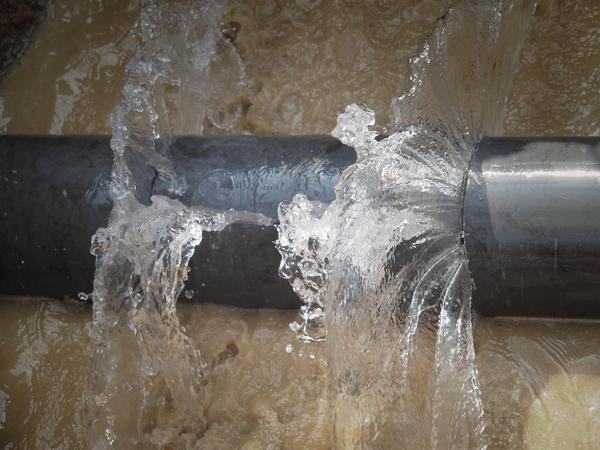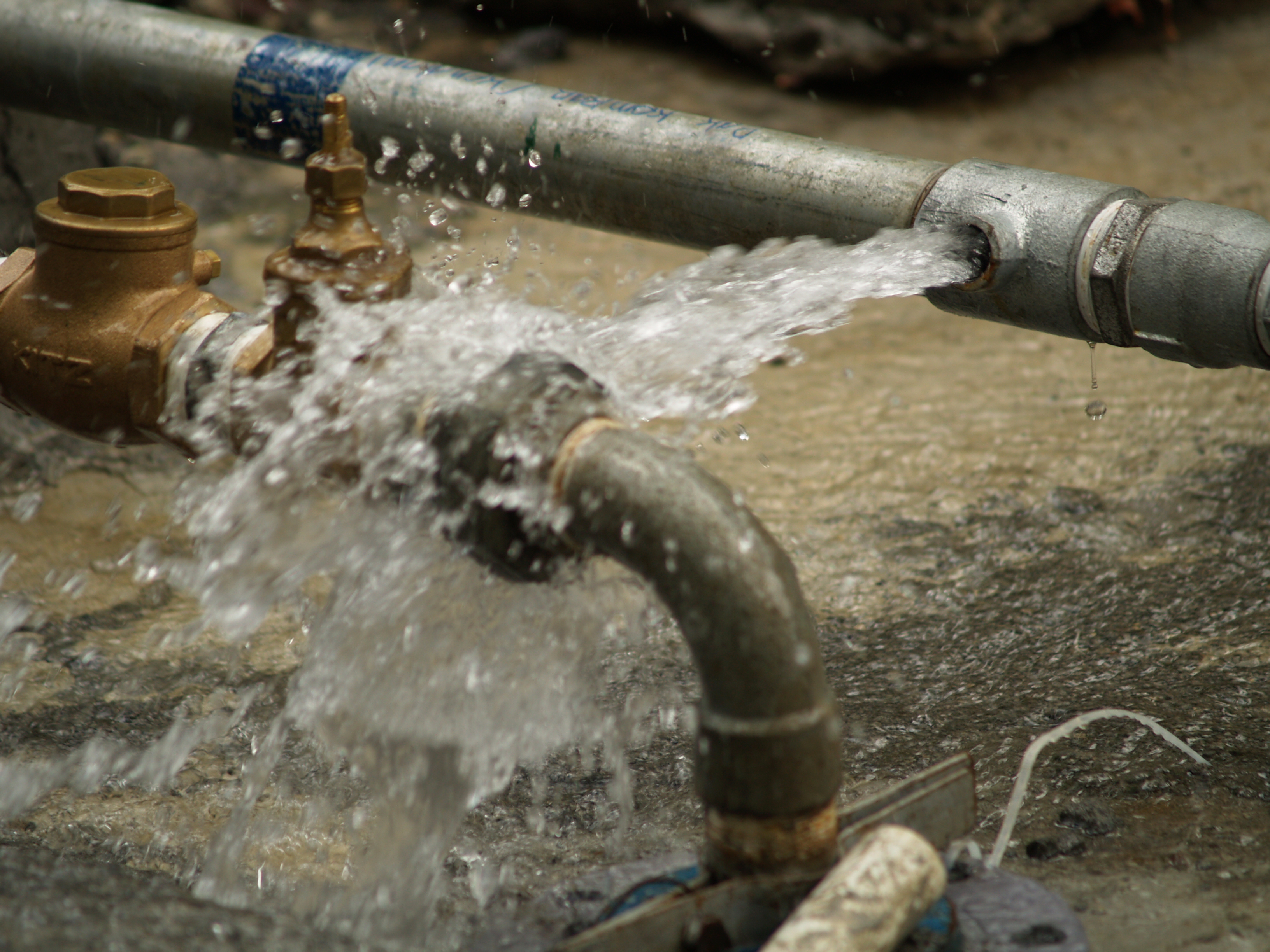How do you feel with regards to How to Install and Connect a New Dishwasher?

A ruptured pipe is a significant emergency; you can just stand as you watch water you pay very much to rejoin with the earth. In even worse cases, you observe a swimming pool on your kitchen area flooring, which is a fantastic journey hazard, particularly if you have children around. If the pipe that ruptured was in your walls, trouble: you might need to paint that whole section.
Just how can a disaster like a ruptured pipe be avoided and also managed? Well, by paying attention to your specialist emergency plumbings and complying with these regulations.
How do I understand when my pipelines have burst?
Varying water stress
Pipelines do not simply burst in a day. You may have discovered that your cooking area faucet or shower doesn't run right away when you transform the tap. It may stop for a couple of seconds and after that blast you with even more pressure than usual.
In other circumstances, the water might appear normal at first, then decrease in stress after a couple of seconds.
Polluted water
Lots of people think a ruptured pipeline is a one-way outlet. Quite the contrary. As water drains of the hole or tear in your plumbing system, impurities find their way in.
Your water may be polluted from the source, so if you can, examine if your water tank has any problems. Nevertheless, if your drinking water is supplied and purified by the local government, you ought to call your plumber promptly if you see or scent anything amusing in your water.
Puddles under pipelines as well as sinks
When a pipe bursts, the outflow forms a pool. It might show up that the pool is growing in size, and no matter how many times you wipe the pool, in a couple of minutes, there's another one waiting to be cleaned up. Typically, you may not be able to trace the pool to any kind of noticeable pipes. This is a sign to call a professional plumber.
Damp walls and water stains
Prior to a pipeline bursts, it will leakage, the majority of times. If this consistent leaking goes unnoticed, the leakage might graduate into a vast tear in your pipe. One easy means to prevent this emergency is to watch out for wet wall surfaces advertisement water spots. These water stains will certainly lead you right to the leakage.
Untraceable dripping sounds
Pipeline bursts can happen in one of the most unpleasant places, like within concrete, inside wall surfaces, or under sinks. When your home goes silent, you might be able to hear an aggravatingly consistent dripping sound. Even after you've examined your shower head as well as kitchen faucet, the dripping might continue.
Dear viewers, the dripping might be coming from a pipe inside your wall surfaces. There isn't much you can do about that, other than tell an expert plumber.
Show up the Heat
Establish fans to blow warmth into cold areas. Maintain the garage door closed. If you have minimized water flow, warmth the most at risk pipes (generally in basements and crawl spaces or near outside walls) with a hair clothes dryer. Leave the faucet on while you use heat. As you thaw ice, the flow will certainly increase. To avoid pipelines from freezing, shield your walls.
Beginning Eliminating the Water
Get hold of the mop, containers and a shop vacuum cleaner to start to remove the water because you definitely do not want it soaking right into everything else in your house. Plus, a quick tidy up will minimize the opportunities of something getting musty.
What do I do when I spot a burst pipeline?
Your water meter will continue to run also while your water wastes. To minimize your losses, discover the major controls and turn the supply off. The water pipe are an above-ground structure at the edge of your building.
How to Fix & Detect a Leaking Pipe
How Do I Know if a Pipe is Leaking?
Leak detection tests can help you determine if your pipe has a leak. Even if you don’t see an apparent leak, you should still conduct leak detection tests regularly to save water and money—and prevent major damage to your home.
Water meter. It can be helpful to figure out what your usual water meter usage numbers are and then monitor them regularly. To monitor your meter, first, turn off all water faucets in your home. Check the meter and write down the numbers. In a few hours, check the meter again. If the numbers have changed, you have a leak. Water gauge. Use a water gauge to test your water pressure. Your showerhead should produce a certain amount of water pressure based on its model and design. If the pressure is lower than it is supposed to be for that specific showerhead, your home likely has a leak. Puddles. Look inside your bathroom, laundry, and kitchen sink cabinets. Puddles around the cabinets or around toilets, tubs, showers, and washing machines indicate the presence of a leaking pipe. You may also notice loose tiles, peeling or flaking paint, or mold caused by water accumulation. Napkin test. Even if you don’t see any puddles, you may still have a leak. You can test for water leaks in the bathroom, laundry, and kitchen by wiping below-sink connections with a napkin, paper towel, or piece of toilet paper. If it becomes damp, you probably have a leaking pipe under the sink. Discolored walls. Walls that are discolored—usually with brown or yellow stains—or bulging might mean that they have been impacted by water damage caused by a leaking pipe. Smell. A leaky pipe will create sitting water, and over time, that water may develop a musty smell. If your home smells musty, but you can’t locate the source, it may be due to a leak. Steps for Fixing a Leaking Pipe
A leaky drain can be remedied by tightening the pipe base, replacing the drain seal, caulking the rim, and tightening the pipe nut. Similarly, a leaking toilet pipe can be treated by tightening the packing nut. You may also need to replace the valve. A leaky faucet may just need tightening or replacement of the washers. If that doesn’t work, consider replacing your faucet. If your pipe has a hole in it, you may want to use a pipe leak sealer or pipe leak tape. This quick fix for water pipe leaks can also temporarily fix a copper pipe leak. https://www.ahs.com/home-matters/quick-tips/how-to-tell-if-pipes-are-leaking/

As an enthusiastic person who reads about What to Know Before Installing a Dishwasher, I figured sharing that excerpt was important. Appreciated our posting? Please share it. Help another person find it. I appreciate reading our article about What to Know Before Installing a Dishwasher.
Schedule A Service Call